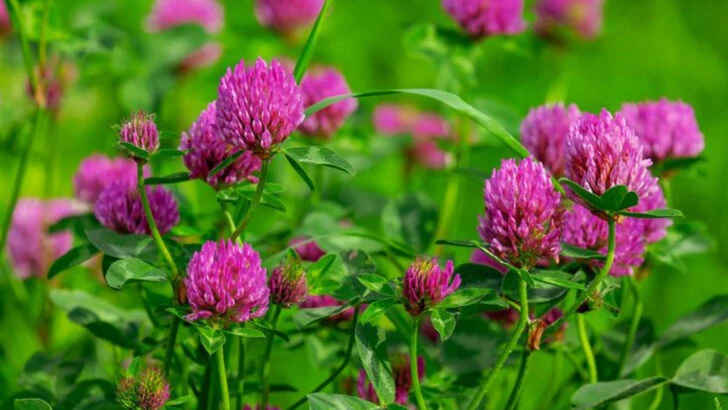You might be surprised to learn that some of the most common weeds growing in your backyard are actually powerful medicinal plants. These often-overlooked greens have been used for centuries to treat a variety of ailments, from soothing skin irritations to boosting digestion. Instead of pulling them out, you might want to take a closer look and discover their hidden benefits.
Medicinal weeds are not only easy to find but also incredibly resilient, making them perfect for beginner herbalists or anyone interested in natural remedies. Knowing how to identify and use these plants can turn your garden into a mini apothecary. Plus, they usually require little care, thriving on their own even in neglected spots.
In this article, we’ll introduce you to 15 medicinal weeds that might already be growing under your nose. Learn how to safely harvest and use them, and you might find that your backyard is a treasure trove of natural health boosters you never knew about.
Dandelion

Floating on the breeze like a childhood wish, dandelions are more than a gardener’s bane. These bright yellow blooms offer diuretic properties, often used in herbal teas to support digestion. Their leaves, rich in vitamins, are tasty when mixed in a salad. Think of them as nature’s tonic, purifying the blood with every bite. Historically, dandelions were treasured in Chinese medicine for their liver-cleansing capabilities. Just imagine, that cheerful pop of color might hold the key to a healthier you! Add them to your backyard harvest for both beauty and benefit.
Plantain
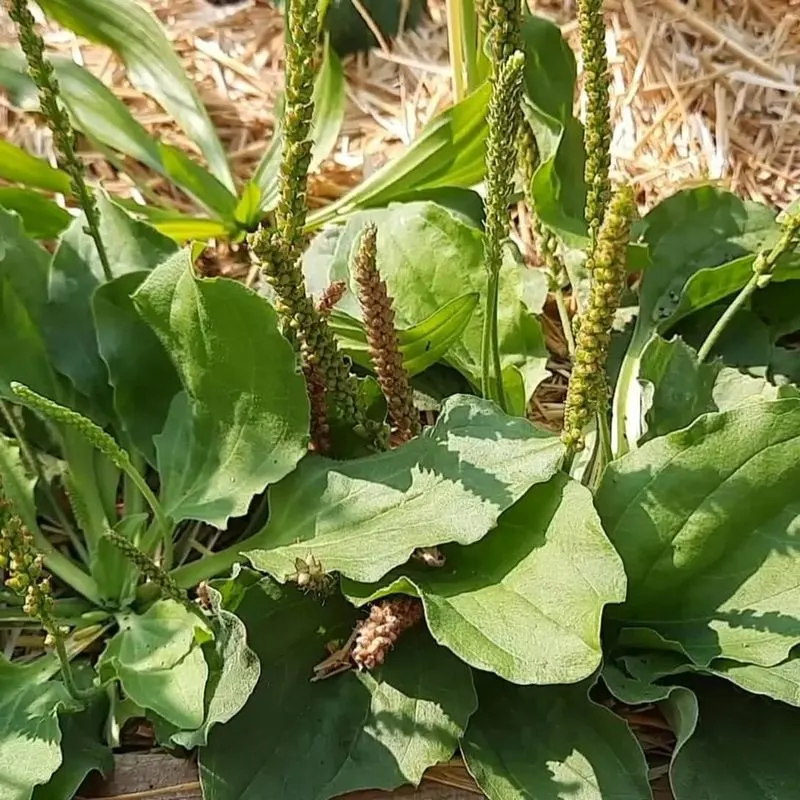
Considered a miracle plant by herbalists, plantain’s broad leaves soothe insect bites and rashes on contact. These unassuming greens can be crushed into a paste to calm skin irritations. Beyond topical use, plantain aids in respiratory health when brewed in teas. Its resilience is unmatched, often found flourishing in the toughest soil. Imagine a plant that provides relief from both outside and within, a true backyard ally. Ancient cultures revered it for its healing prowess, a testament to its enduring legacy. Why overlook such a versatile green?
Chickweed
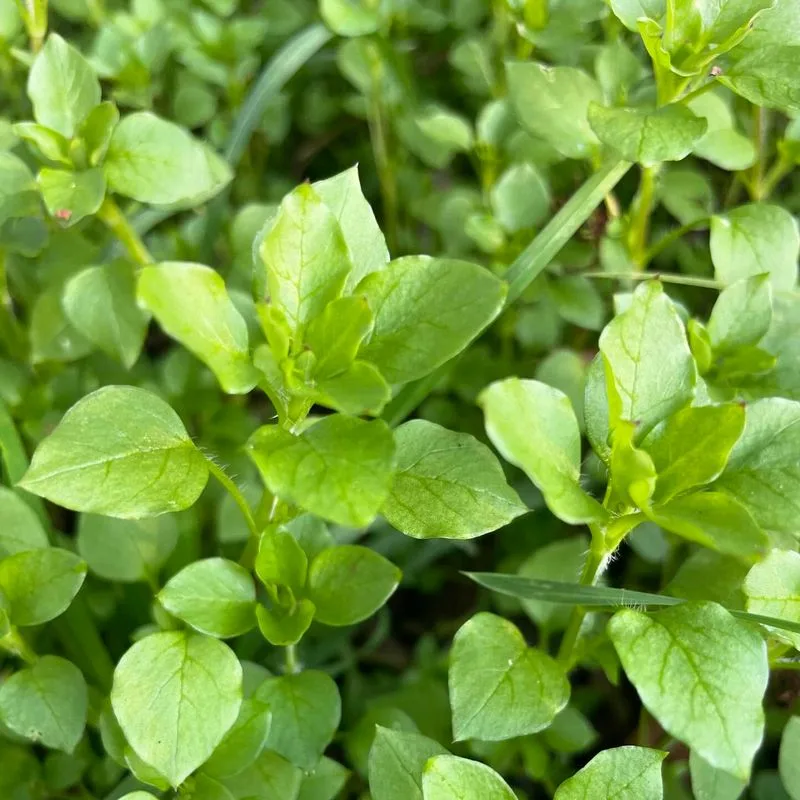
With a delicate nature, chickweed charms with its pretty white flowers but also impresses as a powerhouse of nutrients. Often used in salves, it assists in reducing inflammation and soothing rashes. Its tender leaves can be added to salads, providing a mild, spinach-like flavor. Historically, chickweed was a staple in European folk medicine for its cooling effects. It thrives in shaded gardens, a quiet helper ready to alleviate discomfort. Experience the gentle touch of chickweed and its surprising strength; a hidden gem in your backyard.
Stinging Nettle
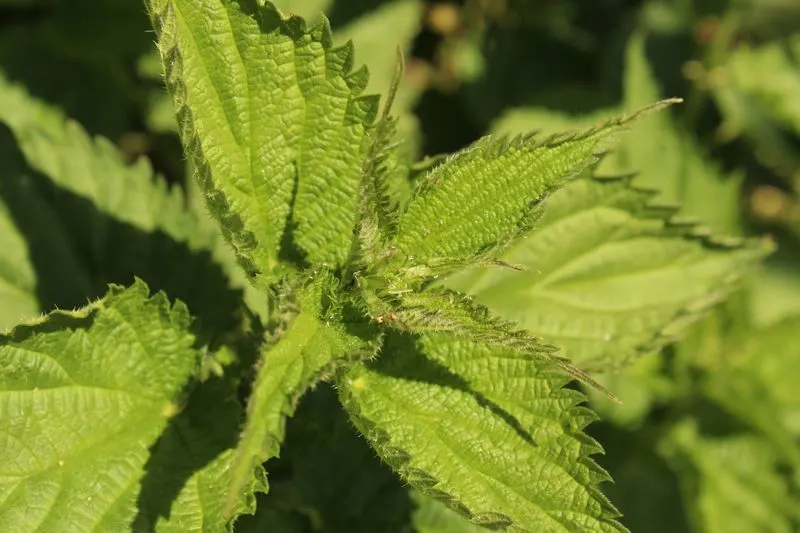
Brave the sting for nettle’s gifts; its leaves are a treasure trove of vitamins and minerals. Once tamed by boiling or drying, nettle enhances circulation and boosts the immune system. This prickly plant, often avoided for its sting, can transform into a nourishing tea or soup ingredient. Historically, nettle has been woven into textiles, an example of its multifaceted uses. Its resilience mirrors its benefits, thriving in diverse environments. Are you ready to embrace nettle’s duality? From sting to salve, it’s a backyard wonder worth exploring.
Yarrow
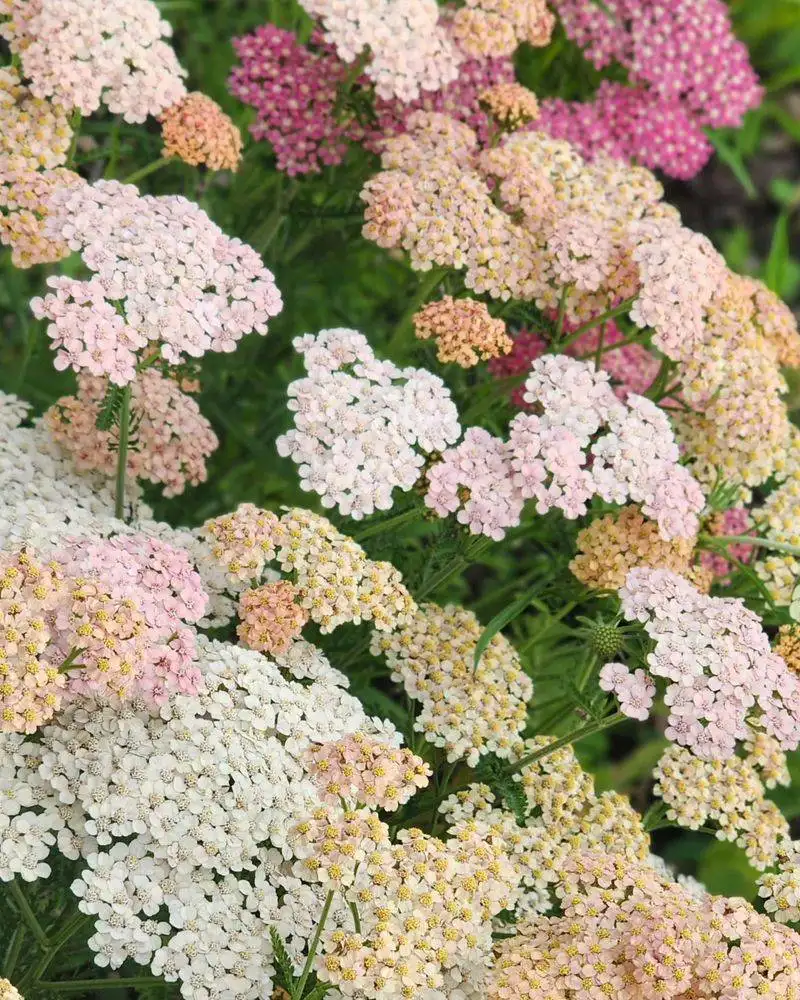
Yarrow, with its feathery leaves and delicate flowers, is more than meets the eye. Known for its ability to staunch wounds, yarrow has been a battlefield remedy for centuries. Its leaves can be crushed and applied directly to cuts to accelerate healing. This plant’s antiseptic qualities make it a staple in natural first aid kits. Imagine a garden with a secret guardian, ever ready to lend its healing touch. Yarrow’s presence is a testament to the power of the natural world, quietly waiting in your backyard to assist.
Red Clover
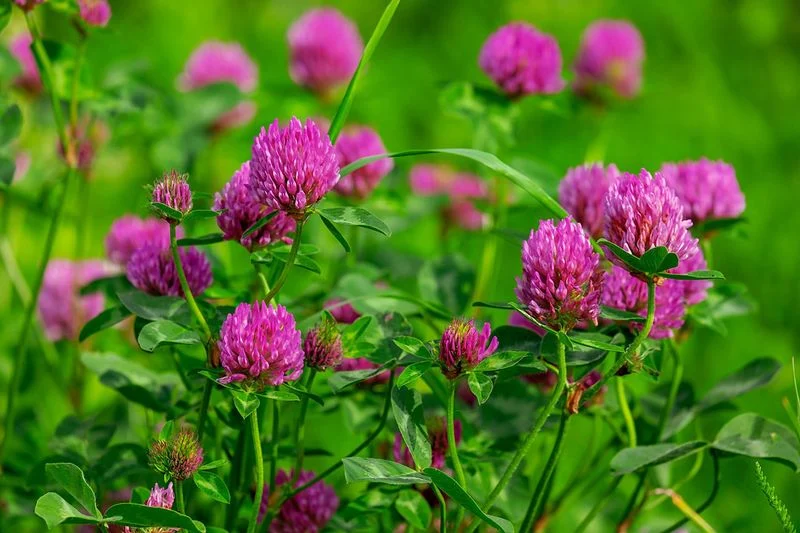
Clover fields often whisper tales of luck, yet red clover offers more than just folklore. This vibrant plant, with its pink blossoms, supports women’s health through its isoflavones, balancing hormones naturally. Used in teas and tinctures, red clover purifies the blood and promotes detoxification. Historically, it has been associated with various health benefits, from easing coughs to soothing skin rashes. Imagine the vitality packed in each petal, a true testament to nature’s bounty. Embrace red clover in your wellness journey, a lucky charm for your health.
White Clover
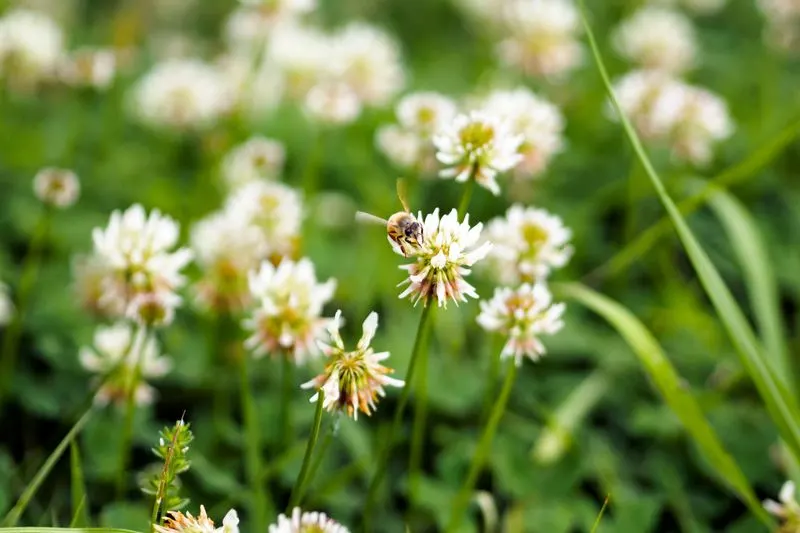
White clover, often overlooked as a mere lawn weed, holds a treasure trove of benefits. Its trifoliate leaves and white blossoms are more than just lucky charms; they’re edible and nutritious. In teas, white clover helps with colds and coughs, while its leaves can be a fresh addition to salads. Historically, this humble plant has been used in traditional remedies to ease digestive issues. Consider the potential lying within your lawn, a source of nourishment ready to be discovered. White clover, a simple yet effective backyard find.
Purslane
Purslane, with its succulent leaves, might just be your garden’s hidden treasure. Packed with omega-3 fatty acids, this weed supports heart health when added to salads or smoothies. Its tangy taste offers a refreshing twist to dishes. Purslane’s resilience is evident; it flourishes in poor soil, a testament to its survival spirit. Historically, it’s been used in traditional dishes across cultures, celebrated for its nutritional prowess. Imagine the possibilities with purslane, a source of vitality thriving right under your nose. Discover its zest for life!
Shepherd’s Purse
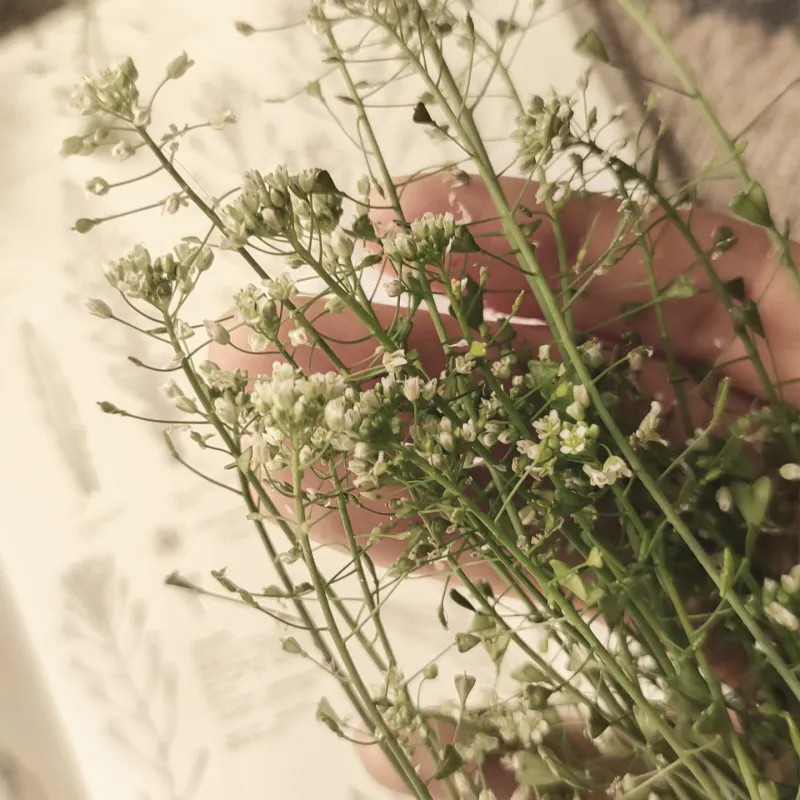
Don’t let the name fool you; shepherd’s purse carries a wealth of health benefits. This small plant, with its distinctive heart-shaped seed pods, is often used to control bleeding or heavy menstrual flow. Its leaves can be consumed as a vegetable, rich in vitamin C. Historically, it has been employed in herbal medicine for its astringent properties. Picture a plant that not only decorates your garden but also supports your well-being. Shepherd’s purse is a gentle ally, quietly growing in your backyard with a mission to heal.
Violet
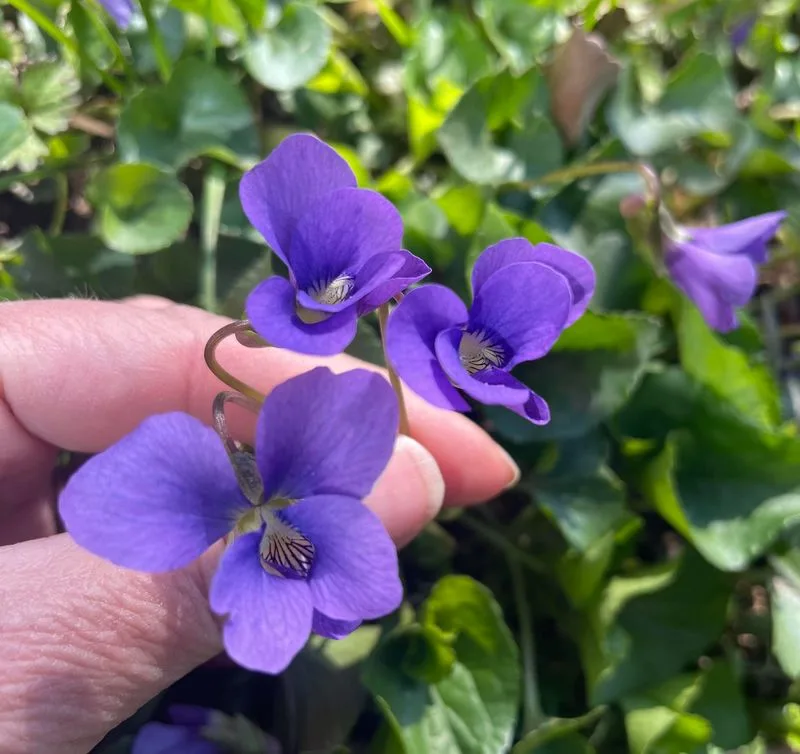
Violets, with their heart-shaped leaves and vibrant blooms, do more than please the eye. Used historically in syrup form, violets help soothe sore throats and coughs. These delicate flowers can be transformed into a soothing tea or used in salads for a splash of color and vitamins. Imagine a plant that wraps you in its gentle embrace, offering solace in every petal. Whether used medicinally or decoratively, violets enrich a garden with both beauty and purpose. Consider the humbleness of violets, quietly nurturing your health.
Burdock
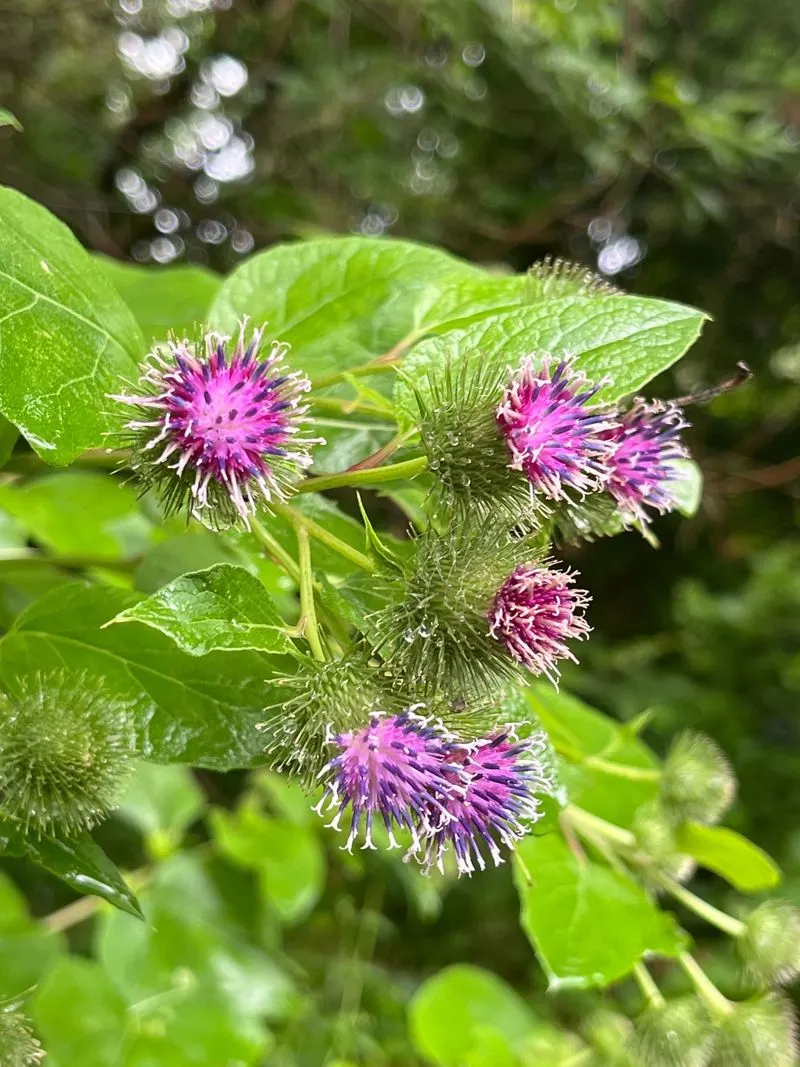
Burdock might seem unassuming, but its roots tell a different story. A traditional detoxifier, burdock supports liver health and purifies the blood. Its large leaves were once used by Native Americans in poultices. Even the burs, though pesky, have inspired innovations in design. Imagine harnessing the power of burdock to cleanse from within, a true ally in holistic wellness. This plant’s history is rich with medicinal uses, a testament to its enduring value. Burdock, quietly waiting in your backyard, holds the potential for rejuvenation.
Mullein
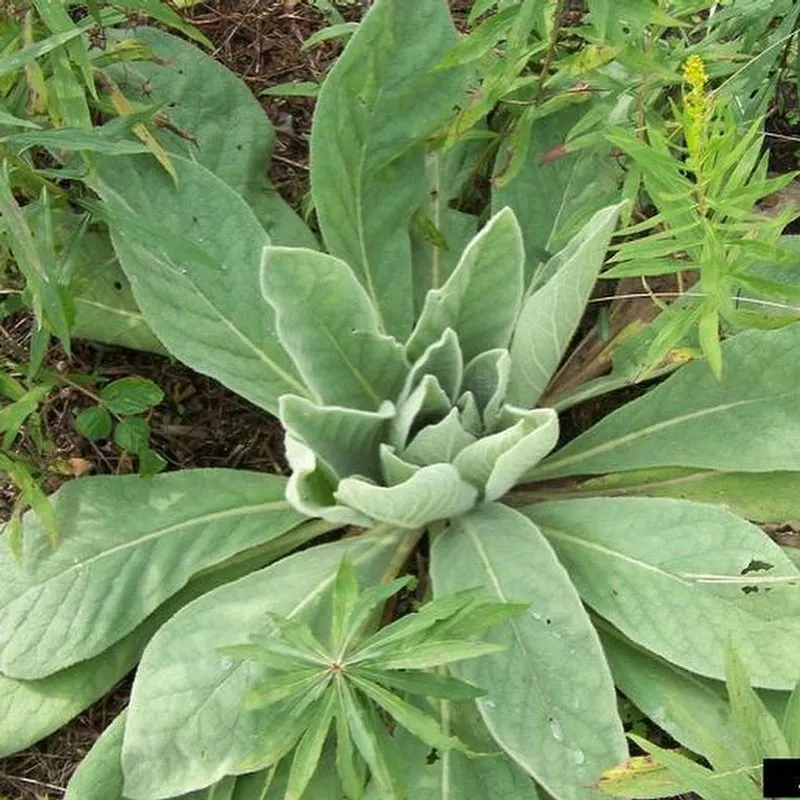
Mullein towers with its tall spikes and velvety leaves, capturing attention with its golden flowers. Traditionally used to treat respiratory ailments, mullein’s leaves are often brewed into teas. This plant has been a staple in herbal remedies, offering relief from coughs and colds. Its striking presence in a garden is matched by its soothing properties. Consider mullein’s role as a gentle giant, standing sentinel in your backyard with remedies in its grasp. A symbol of resilience and healing, mullein offers comfort and care naturally.
Lamb’s Quarters
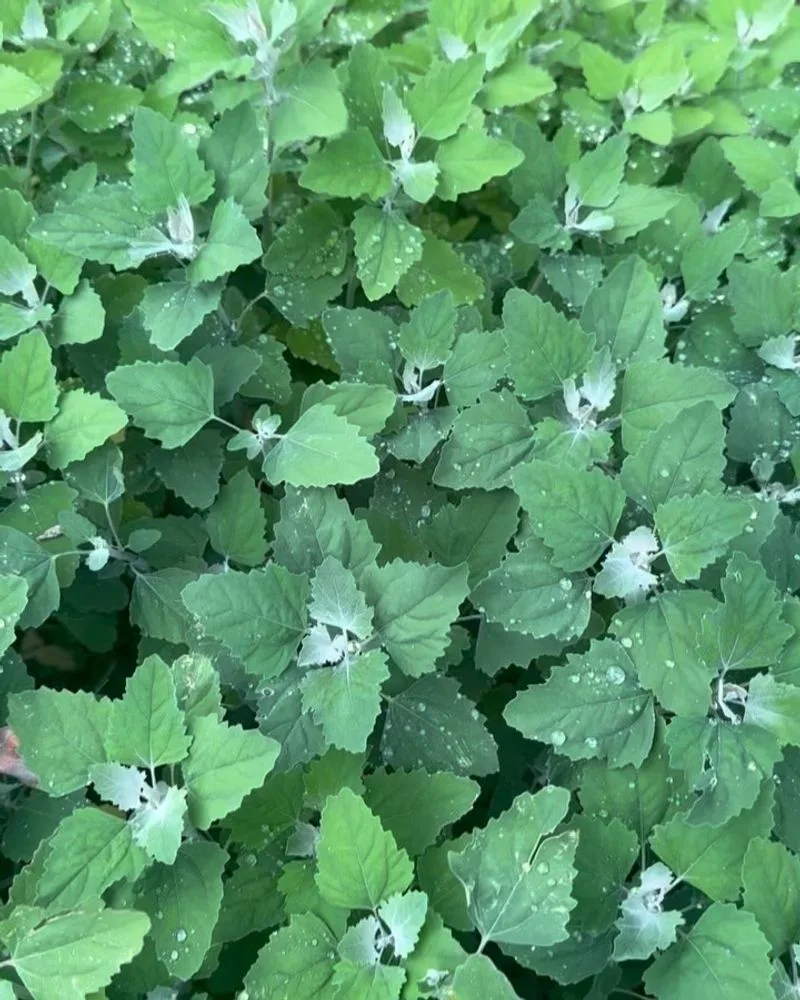
Often mistaken for a weed, lamb’s quarters is actually a nutritional powerhouse. Its leaves, rich in vitamins A and C, can be eaten like spinach. This plant thrives in gardens, often overshadowing other vegetables but offering more nutritional value. Historically, lamb’s quarters were cultivated as a crop, valued for their versatility. Picture a plant that contributes both to your diet and your garden’s diversity, quietly flourishing with purpose. Lamb’s quarters are more than a weed; they’re an opportunity for culinary and health exploration.
Wood Sorrel
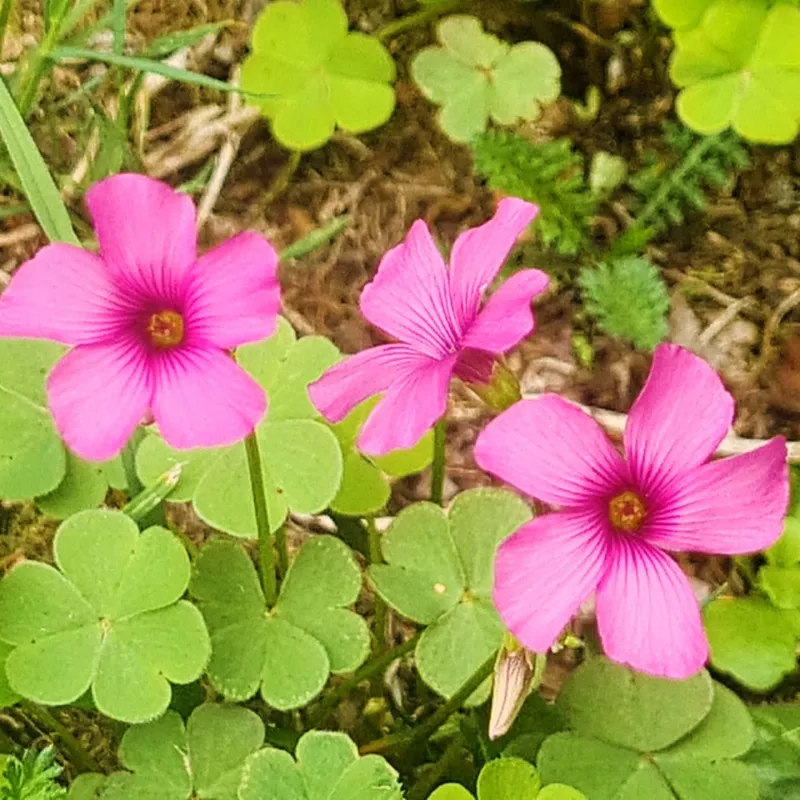
With a tangy flavor, wood sorrel surprises in the culinary world. Its leaves add a citrusy zest to salads and soups. Beyond taste, wood sorrel aids digestion and boosts vitamin intake. Historically, this plant was a favorite among herbalists for its medicinal properties. Picture a weed that doubles as a culinary delight, enhancing both flavor and health. Growing quietly in shaded corners, wood sorrel invites discovery and appreciation. Its bright yellow flowers are a cheerful reminder of the benefits nestled in every leaf.
Cleavers
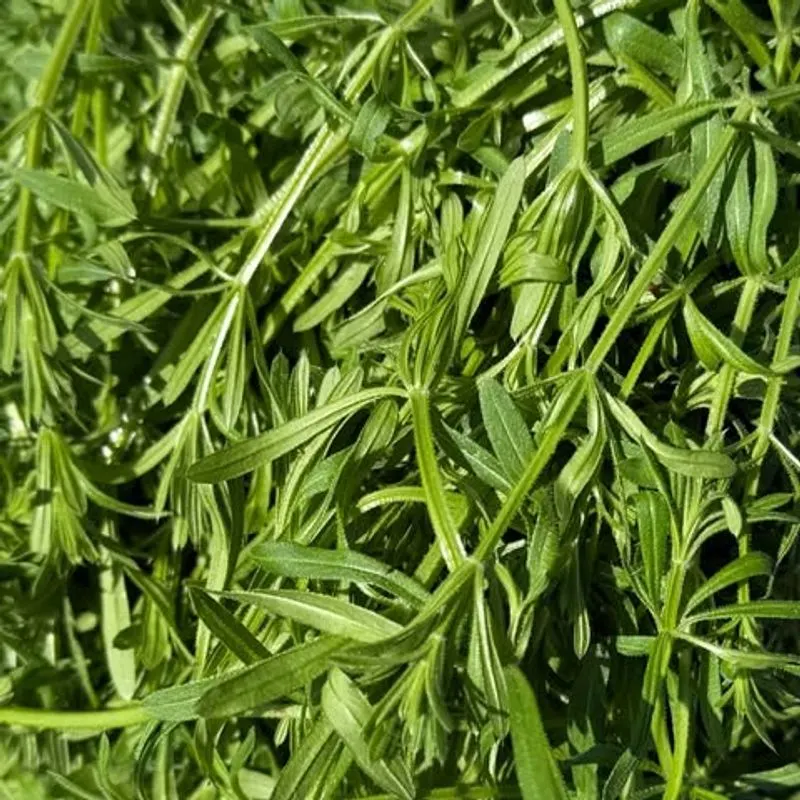
Cleavers cling to everything, a characteristic that reflects their tenacity. This plant is treasured in herbal medicine for supporting the lymphatic system and detoxifying the body. Cleavers can be brewed into teas or used in tinctures, offering gentle cleansing. Historically, cleavers were used to strain milk, showcasing their multifaceted nature. Picture a plant that supports and cleanses, a versatile addition to your backyard pharmacy. Their presence is a gentle reminder of nature’s ingenuity, offering solutions right at your feet. Cleavers, more than a sticky weed, are a health ally.

